Which of the following represents 3-methylpenta-1,3-diene?
CH2=CH(CH2)2CH3
CH2=CHCH(CH3)CH2CH3
CH3CH=C(CH3)CH=CH2
CH3CH=C(CH3)2
The correct Answer is:C
To determine which structure represents 3-methylpenta-1,3-diene, we need to follow these steps:
1. Understand the Name: The compound is named 3-methylpenta-1,3-diene. This indicates:
- "penta" means there are 5 carbon atoms in the longest chain.
- "1,3-diene" indicates there are double bonds at the first and third positions of the carbon chain.
- "3-methyl" indicates there is a methyl group (–CH₃) attached to the third carbon of the chain.
2. Draw the Carbon Chain: Start by drawing a straight chain of 5 carbon atoms (C1, C2, C3, C4, C5).
C1−C2−C3−C4−C5
3. Add the Double Bonds: Place double bonds at the first and third positions:
- Between C1 and C2
- Between C3 and C4
C1=C2−C3=C4−C5
4. Add the Methyl Group: Attach a methyl group (–CH₃) to the third carbon (C3):
- This means C3 will have one hydrogen replaced by a methyl group.
C1=C2−C3(CH₃)=C4−C5
5. Final Structure: The final structure should look like this:
CH2=C(CH3)−C=C−CH3
6. Verify the Structure: Count the total number of carbons and check the positions of the double bonds and the methyl group:
- Total Carbons: 5 (C1, C2, C3, C4, C5)
- Double Bonds: Present at C1 and C3
- Methyl Group: Present at C3
Conclusion:
The correct representation of 3-methylpenta-1,3-diene is the structure we derived above.
- "penta" means there are 5 carbon atoms in the longest chain.
- "1,3-diene" indicates there are double bonds at the first and third positions of the carbon chain.
- "3-methyl" indicates there is a methyl group (–CH₃) attached to the third carbon of the chain.
- Between C1 and C2
- Between C3 and C4
- This means C3 will have one hydrogen replaced by a methyl group.
- Total Carbons: 5 (C1, C2, C3, C4, C5)
- Double Bonds: Present at C1 and C3
- Methyl Group: Present at C3
The correct representation of 3-methylpenta-1,3-diene is the structure we derived above.
Topper's Solved these Questions
- ORGANIC CHEMISTRY-SOME BASIC PRINCIPLES AND TECHNIQUES BOOK - NCERT FINGERTPS ENGLISHCHAPTER - ORGANIC CHEMISTRY-SOME BASIC PRINCIPLES AND TECHNIQUES EXERCISE - Exemplar Problems
12 Videos
- ORGANIC CHEMISTRY-SOME BASIC PRINCIPLES AND TECHNIQUES BOOK - NCERT FINGERTPS ENGLISHCHAPTER - ORGANIC CHEMISTRY-SOME BASIC PRINCIPLES AND TECHNIQUES EXERCISE - Assertion & Reason
13 Videos
- HYDROGEN BOOK - NCERT FINGERTPS ENGLISHCHAPTER - HYDROGEN EXERCISE - Assertion And Reason
15 Videos
- PRACTICE PAPER 1BOOK - NCERT FINGERTPS ENGLISHCHAPTER - PRACTICE PAPER 1EXERCISE - Practice Paper 1
44 Videos
Similar Questions
Knowledge Check
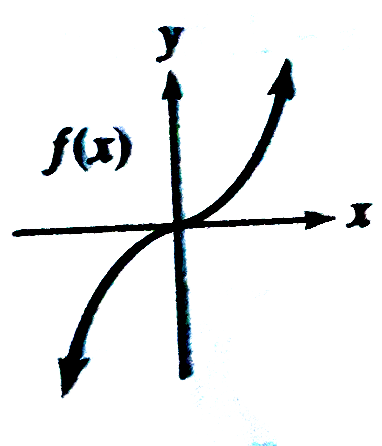
The graph of f(x) is shown above , Which of the following represents the graph of f(x-3) ?A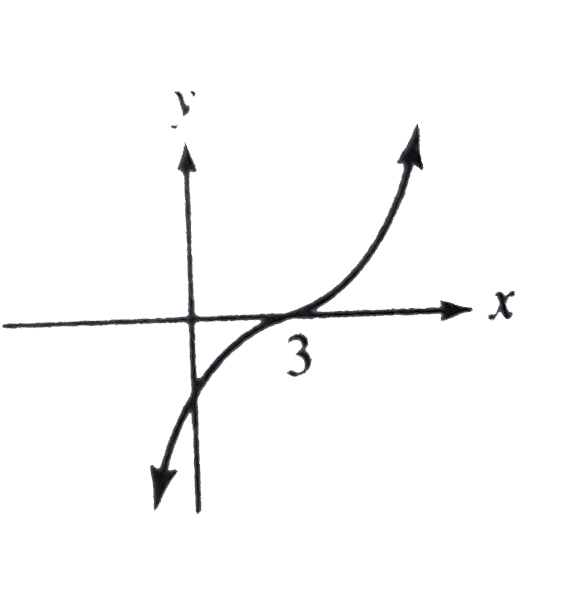 B
B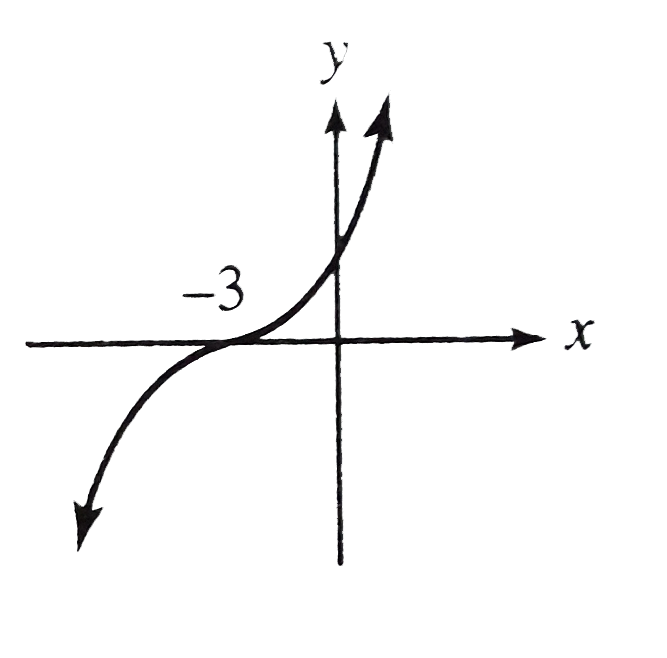 C
C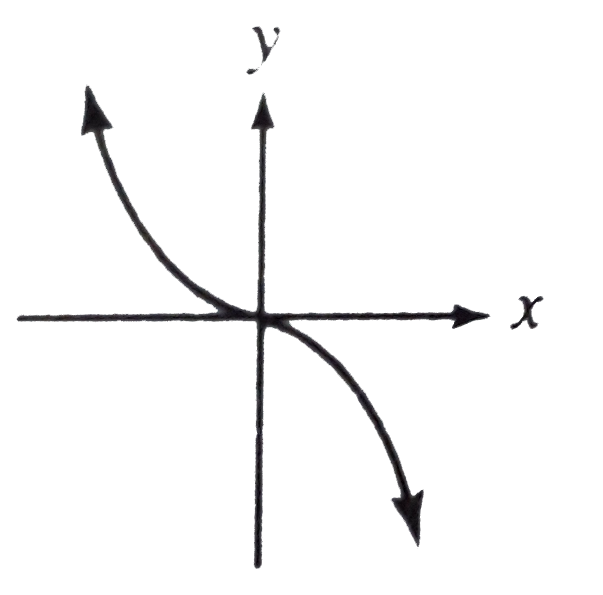 D
D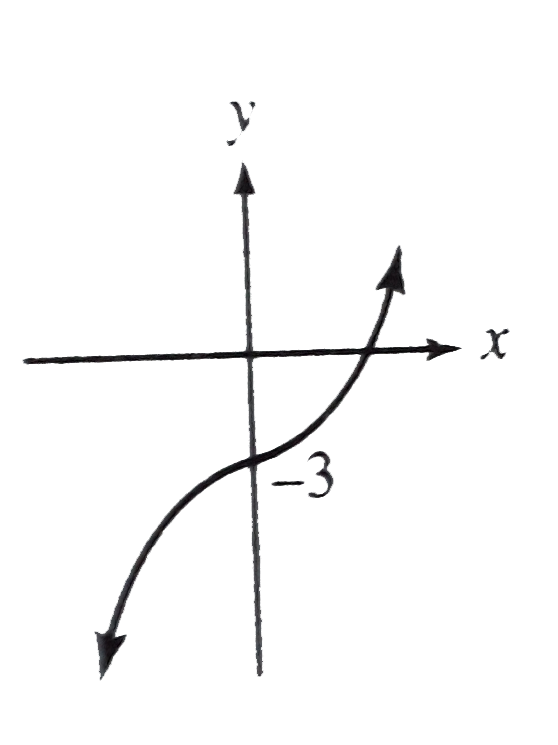
Which of the following dienes is chiral?
ACH3−CH=C=CH2BCH3−CH=CH−CH=CH2CCH3−CH=C=CH−CH3DCH2=CH−CH2−CH=CH2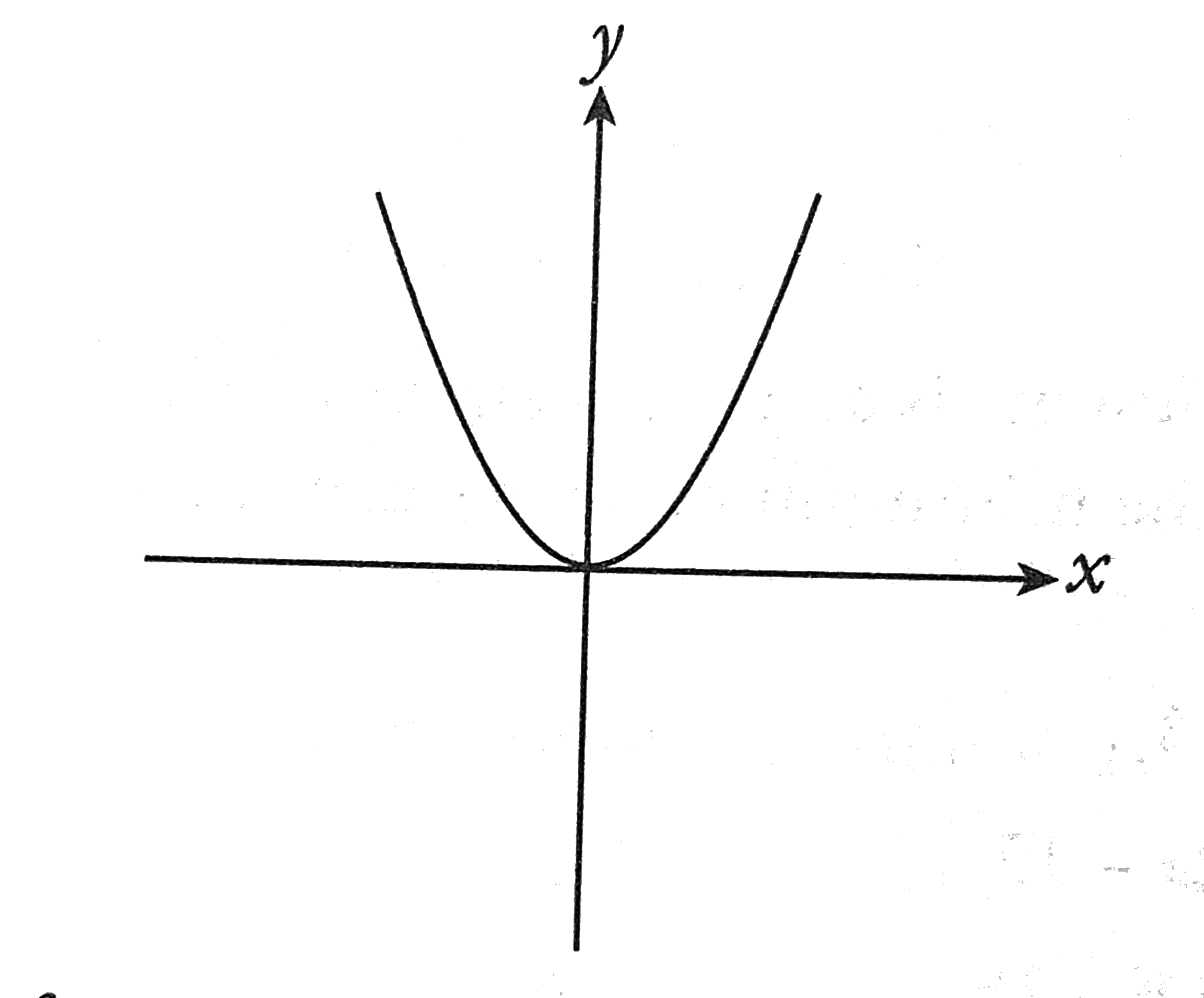
The quadratic y=f(x) is shown above. Which of the following graphs represents the function y=f(x+3)−4?A B
B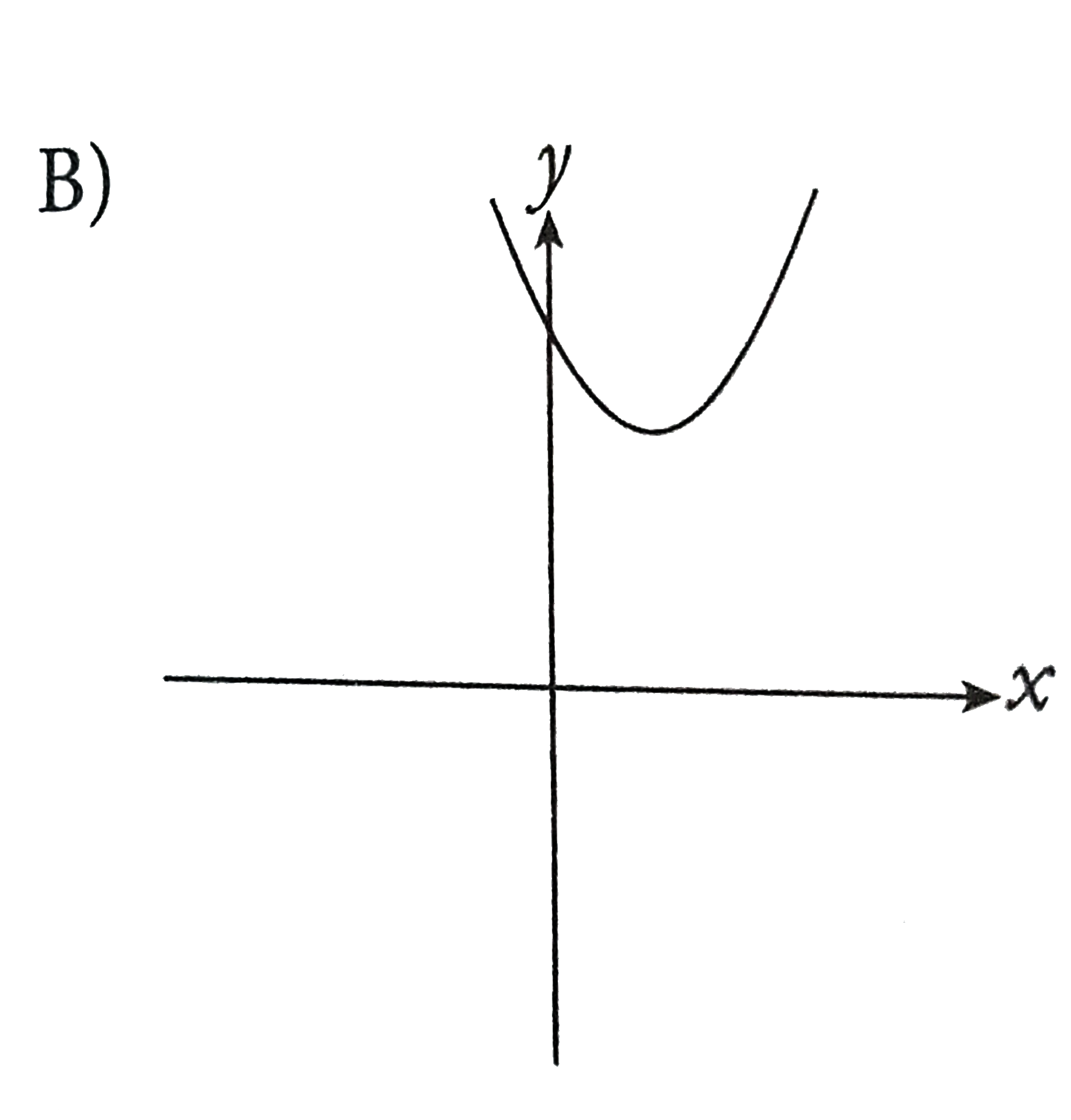 C
C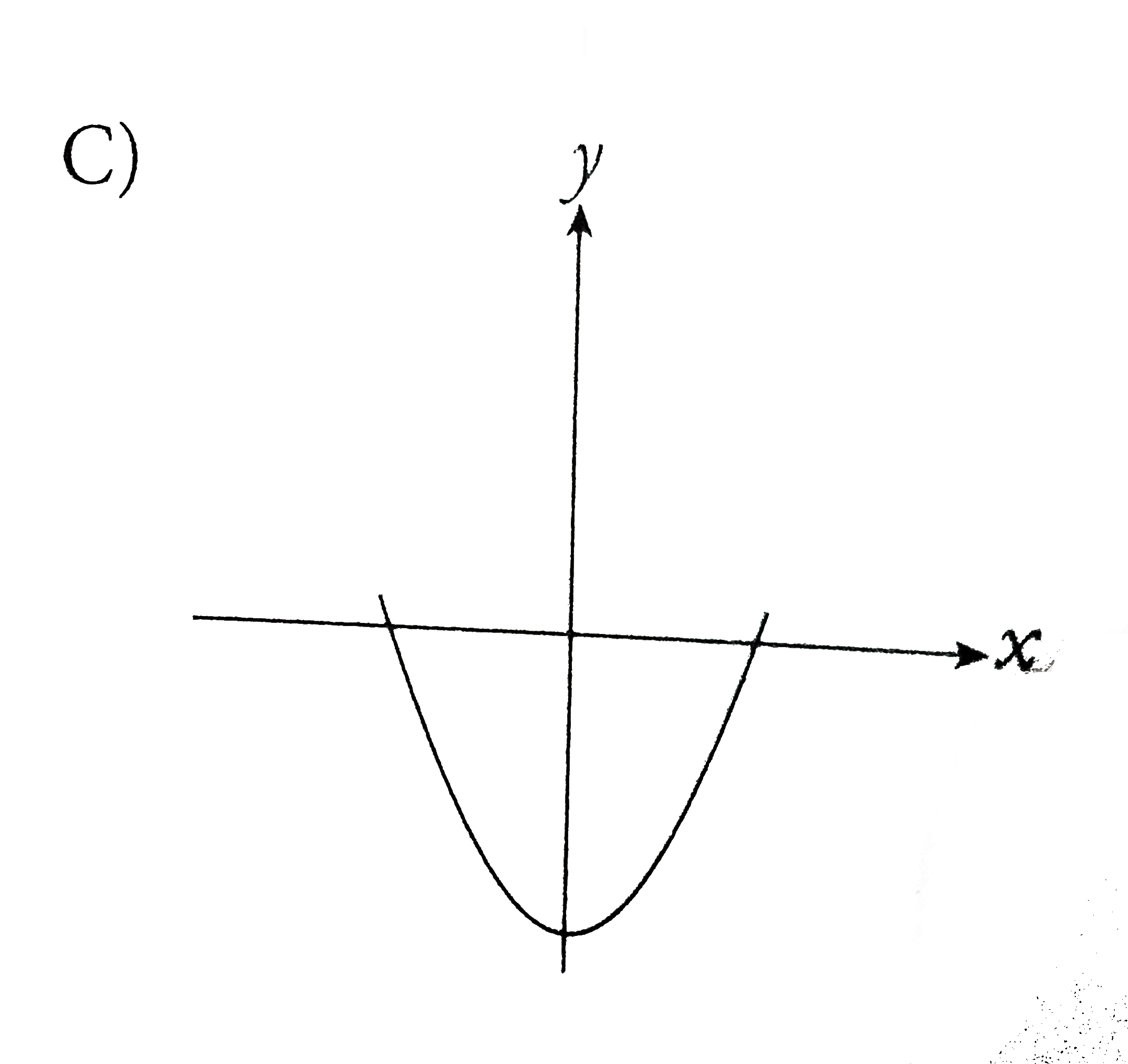 D
D
Which of the following represents the conjugate pair of NH3?
View SolutionWhich of the following structures represents cyclopenty1 methy1 carbino1?
View SolutionCH3−CHCl−CH−CH3 has a chiral centre. Which one of the following represent its R-configuration?
View SolutionWhich of the following does not represent zero?
1+0
View SolutionWhich of the following represents the product of the matrices below ?
[4−23−6]×[02]
View Solution
